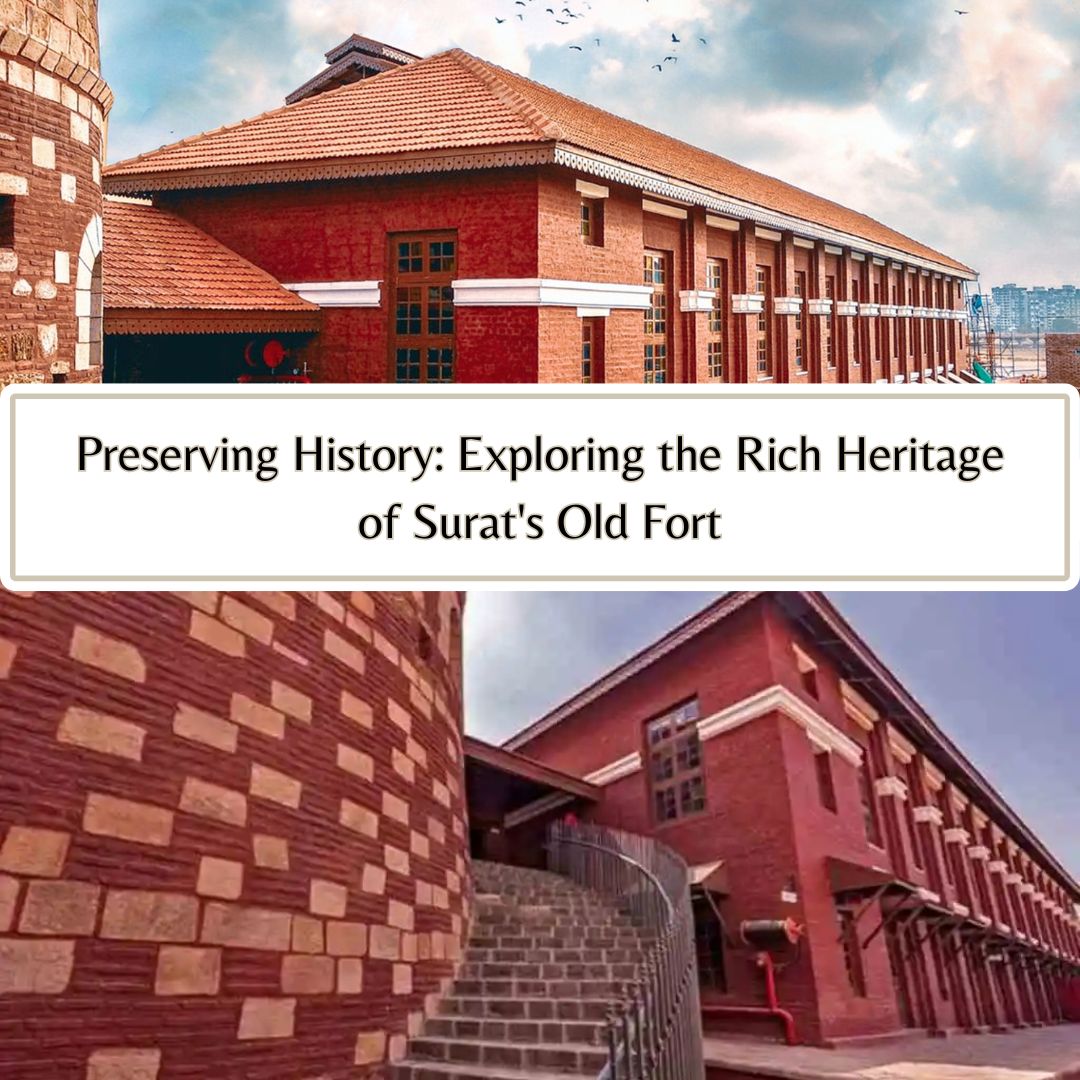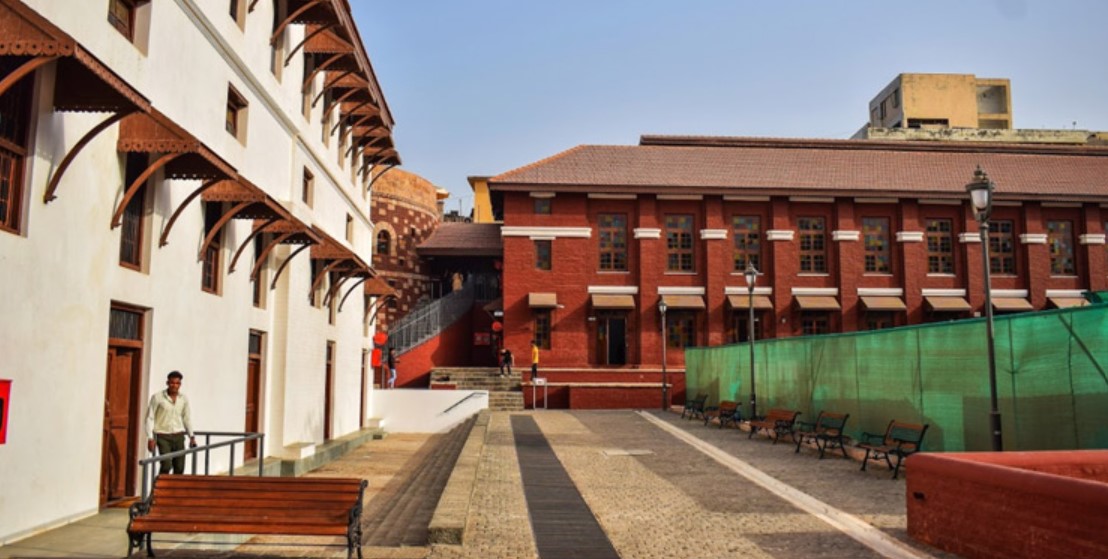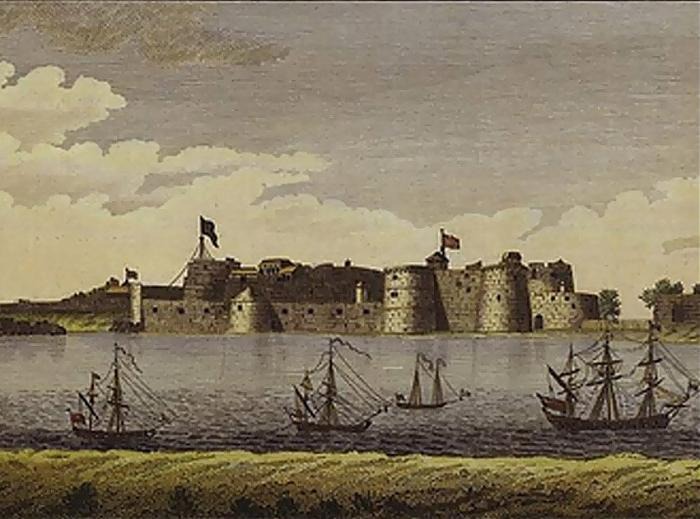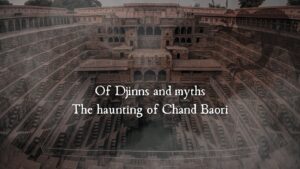– An article written by Shivani Gadre
Surat, a city in the western Indian state of Gujarat, boasts a rich historical tapestry, and at the heart of its narrative lies the Old Fort, a living testament to the city’s storied past. This historical gem, also known as Surat Castle, stands proudly amidst the bustling urban landscape, bridging the gap between the city’s vibrant present and its illustrious history.
The Old Fort is a tangible relic of Surat’s prominence as a flourishing port city during the medieval period. Constructed in the 16th century during the Mughal era, the fort served as a strategic bastion against maritime intruders and was pivotal in safeguarding the city’s economic interests. Its architectural grandeur and sturdy construction have weathered the sands of time, attesting to the engineering prowess of its creators.
The architecture of Surat’s Old Fort reflects a fusion of indigenous and Mughal styles. The structure is characterized by robust bastions, intricate carvings, and an imposing gateway. The use of locally available materials and the incorporation of Mughal design elements make it a unique marvel in Gujarat’s architectural landscape. The fort’s strategic location near the Tapi River showcases the foresight of its planners, emphasizing both defense and trade.
Surat’s Old Fort was not merely a military outpost but a guardian of trade routes and economic prosperity. During the heyday of the Mughal Empire, Surat emerged as a bustling center for maritime commerce. The fort’s strategic location facilitated control over the lucrative spice trade and other commodities flowing through the Arabian Sea. Traders and merchants sought refuge within its protective walls, contributing to the city’s cosmopolitan character.
Beyond its military and economic roles, the Old Fort played a pivotal part in shaping Surat’s cultural landscape. It stood witness to the ebb and flow of diverse cultural influences, from Mughal rulers to European colonizers. The fort’s chambers, courtyards, and halls echo with the whispers of a bygone era, each stone holding untold stories of the people who traversed its halls.
In recent years, concerted efforts have been made to preserve and showcase the historical significance of Surat’s Old Fort. Restoration projects have been undertaken to ensure the structural integrity of the fort, allowing present and future generations to marvel at its architectural grandeur. Museums within the fort complex now house artifacts and exhibits that narrate the tale of Surat’s evolution.
Today, Surat’s Old Fort stands as a prominent tourist attraction, drawing history enthusiasts, architecture aficionados, and curious travelers. The fort provides a tranquil escape from the city’s bustling streets, allowing visitors to immerse themselves in the echoes of a bygone era. The expansive grounds and well-preserved structures offer a glimpse into the lives of those who once sought refuge within its walls.
Surat’s Old Fort is more than just a historical relic; it is a living testament to the city’s resilience and adaptability. As a guardian of trade, a cultural hub, and a witness to centuries of history, the fort stands as a symbol of Surat’s enduring spirit. Through careful preservation and continued appreciation, the Old Fort continues to narrate the tale of Surat, inviting all who visit to step back in time and witness the echoes of a glorious past.















